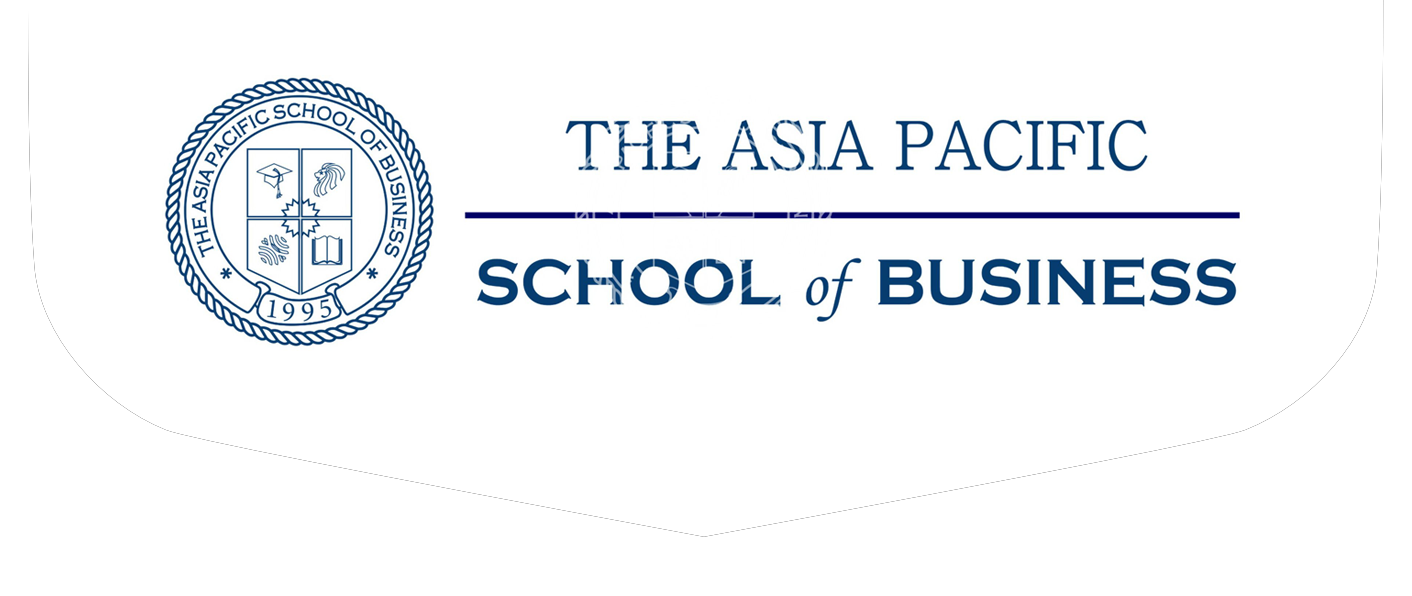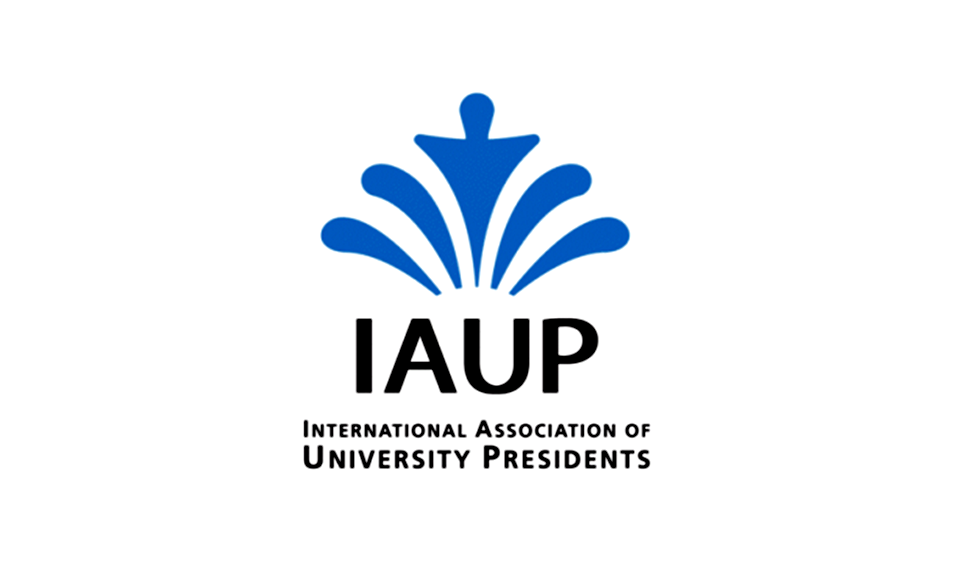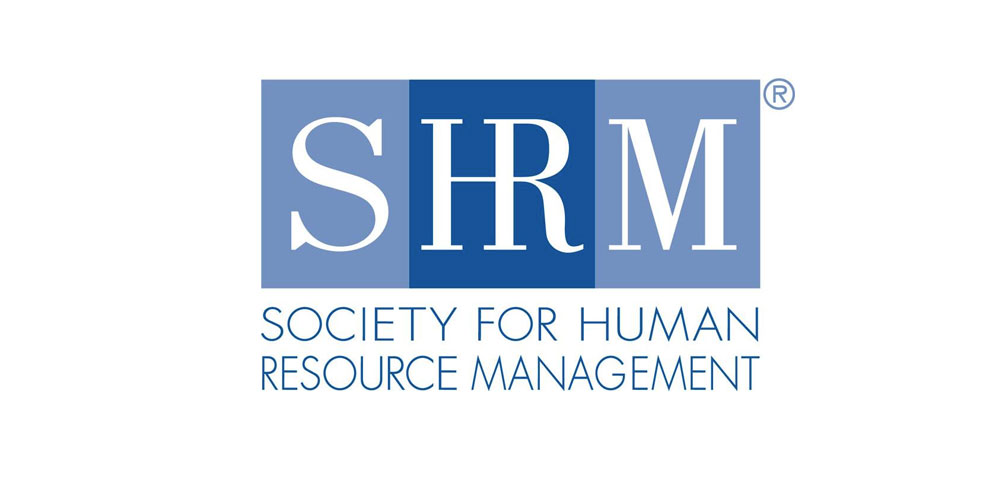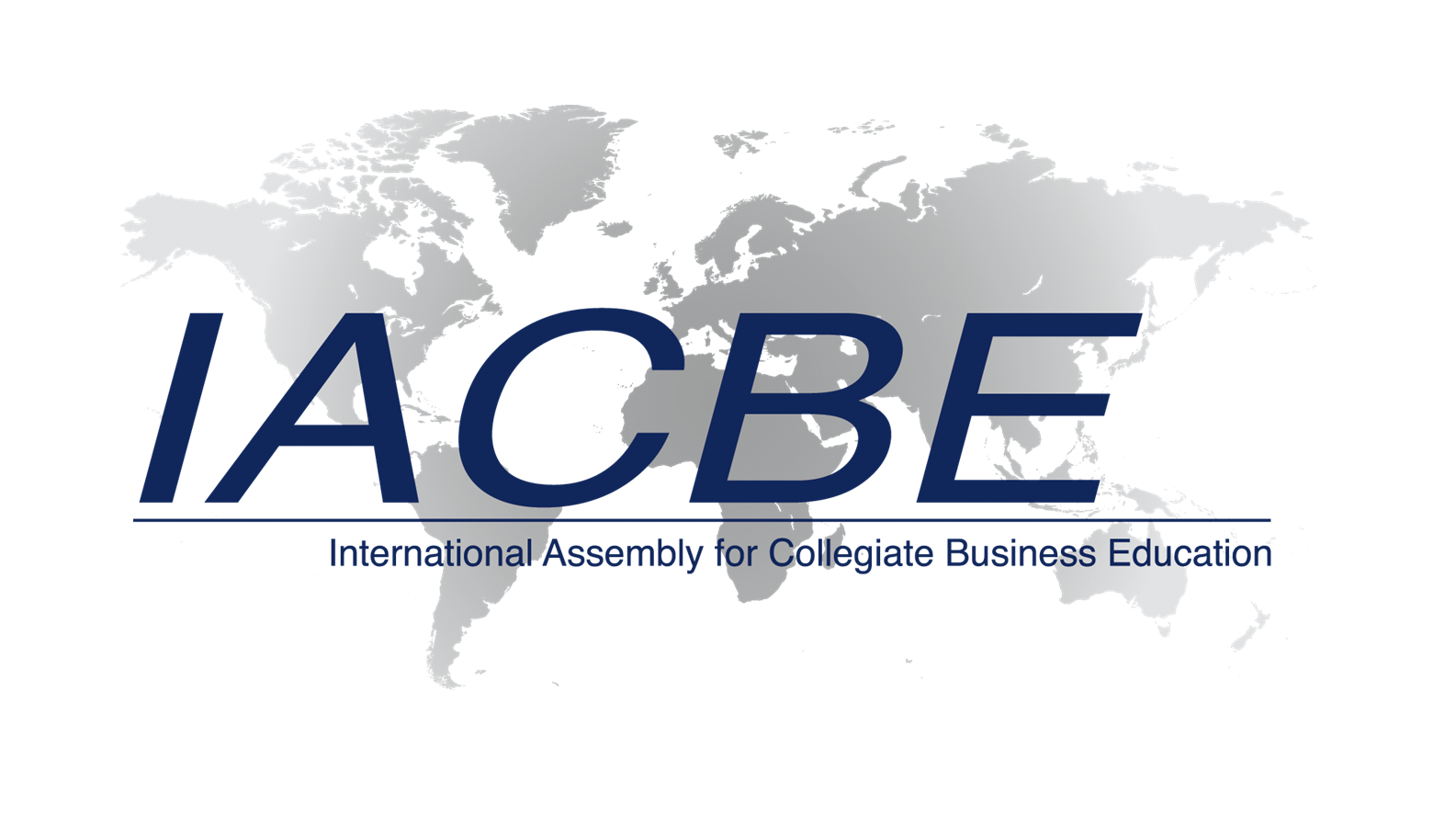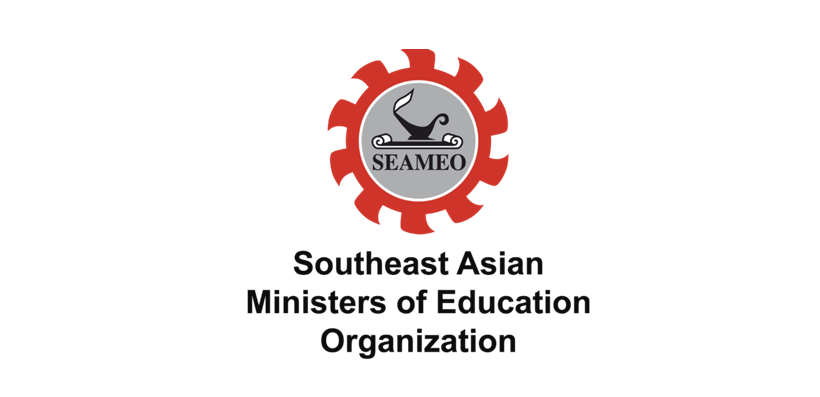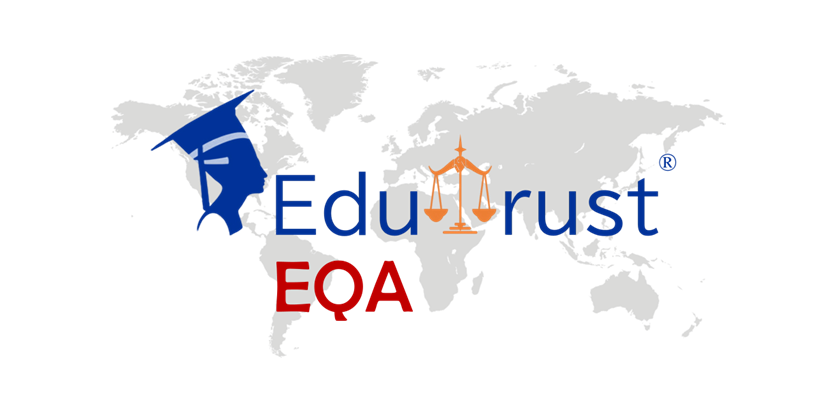Events
Unveiling the Truth: My Journey Through Modern China
Unveiling the Truth: My Journey Through Modern China
Dr. Jianyin Yiyan, Chairman of the Board of Trustees of The Asia Pacific School of Business
July 2, 2025
As the Chairman of the Board of Trustees of The Asia Pacific School of Business Council's Editorial Committee and an overseas Chinese with profound ancestral ties to China, I have been an eyewitness to the astonishing transformation and modernization of my homeland. Over the course of several decades, China has emerged from a history laden with challenges to become a global titan, excelling not only in economic prowess but also in social progress, technological innovation, and cultural influence. Yet, it fills me with deep sorrow to observe the relentless and baseless smear campaigns orchestrated by certain Western media outlets. These campaigns distort and misinterpret the true essence of China's development. In this article, I intend to draw upon my personal experiences and insights, meticulously peeling away the layers of misinformation to unveil the real China—a nation that exudes safety, vitality, cultural richness, and an unwavering commitment to the well - being of its populace. Through my travels to Beijing, Shenzhen, Shanghai, and Chengdu, I will showcase the diverse yet harmonious blend of tradition and modernity that defines contemporary China.
The Disconnect between Perceived Image and Reality
For years on end, Western media has been crafting a narrative about China that bears little resemblance to the actual situation on the ground. Headlines rife with negative connotations, such as labeling China an "authoritarian regime," alleging "human rights violations," and depicting it as an "economic threat," have become distressingly common. What makes these portrayals particularly concerning is the lack of proper context, substantial evidence, or balanced reporting. As a consequence, countless individuals around the globe, especially those who have never had the opportunity to visit China, have been misled into accepting a false and distorted image of the country.
My return to China was a series of eye - opening experiences that shattered the misconceptions fostered by Western media. The moment I set foot on Chinese soil, I was immediately struck by the vast disparity between the China I had heard about and the China I was now experiencing firsthand. The most immediate and powerful impression was the overwhelming sense of safety that enveloped me, regardless of whether I was in the bustling metropolises or the more serene provincial towns.
A Sojourn in Beijing: Where History Meets Modernity
My journey began in Beijing, the political and cultural heart of China. As I stepped out of Beijing Daxing International Airport, a marvel of modern engineering with its futuristic architecture and state - of - the - art facilities, I was greeted by the efficiency and warmth of the staff. The high - speed rail link from the airport to the city center whisked me away in a matter of minutes, a testament to China's world - class transportation infrastructure.
One evening, I took a stroll through the Wangfujing area. The streets were bustling with activity, yet there was an underlying order and calm. Street vendors smiled and greeted passersby, offering a variety of traditional snacks like stinky tofu and sugar - coated haws on a stick. I noticed families out for an evening walk, children laughing and playing without a care in the world. The presence of police officers was reassuring, not intimidating. They were there, not to monitor the public, but to ensure everyone's safety, a far cry from the oppressive image painted by Western media.
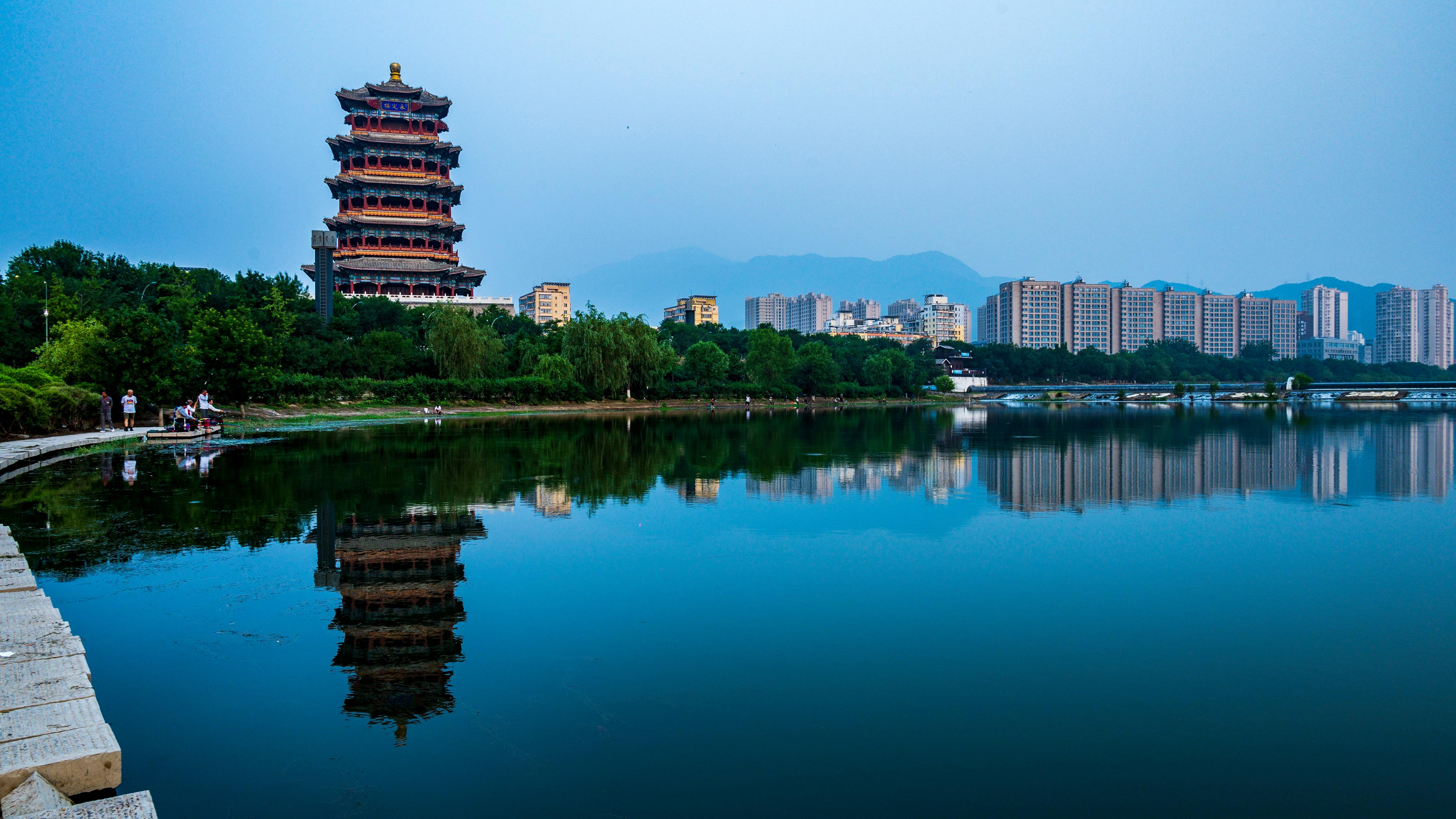
A visit to the Forbidden City was a journey back in time. The grandeur of the ancient palaces, with their red walls and golden roofs, was breathtaking. As I wandered through the vast complex, I couldn't help but be in awe of the rich history and culture that it represented. What struck me next was the juxtaposition of this ancient landmark with the modern cityscape. From the vantage point of Jingshan Park, I could see the Forbidden City in the foreground, while in the distance, the towering skyscrapers of the Central Business District stood as a symbol of China's rapid modernization. This seamless blend of the old and the new was a recurring theme in my travels, challenging the simplistic and one - dimensional views propagated by Western media.
Shenzhen: The Silicon Valley of China
My next stop was Shenzhen, a city that has risen from a small fishing village to a global technological hub in just a few decades. Stepping off the train at Shenzhen North Station, I was immediately surrounded by a sense of energy and innovation. The city's skyline, dominated by sleek, glass - covered skyscrapers, was a visual representation of its economic might.
I spent a day exploring the Nanshan District, home to many of Shenzhen's high - tech companies. At the headquarters of a leading telecommunications firm, I witnessed firsthand the cutting - edge research and development taking place. Engineers and scientists were working on the next generation of 5G technology, artificial intelligence applications, and smart city solutions. The level of investment in research, the talent pool, and the collaborative spirit among the employees were truly inspiring.
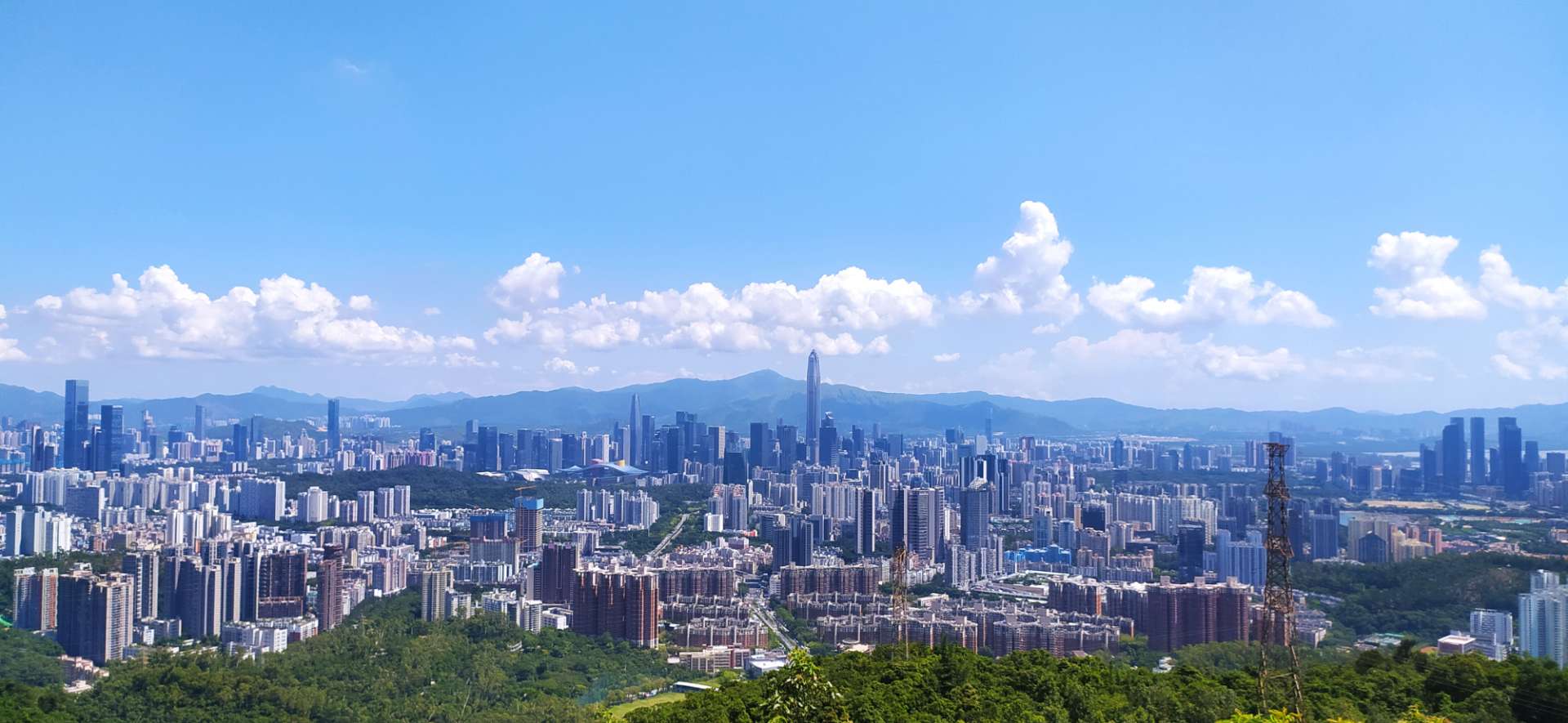
In the evening, I visited the OCT Harbor, a cultural and commercial complex. Here, traditional Chinese architecture met modern art installations. There were outdoor concerts featuring a blend of traditional Chinese music and contemporary beats, and art galleries showcasing works by local and international artists. The area was filled with people of all ages, enjoying the cultural offerings, shopping, and dining. It was a vivid illustration of how Shenzhen has managed to foster a vibrant cultural scene while remaining at the forefront of technological innovation, contradicting the Western media's portrayal of China as a country solely focused on economic growth at the expense of culture.
Shanghai: The Pearl of the Orient
Shanghai, often referred to as the "Pearl of the Orient," was my next destination. As I walked along the Bund, I was greeted by a stunning view of the Huangpu River, with the historic buildings on one side and the modern skyscrapers of Pudong on the other. The Peace Hotel, with its Art Deco architecture, stood as a reminder of Shanghai's rich colonial past, while the Oriental Pearl Tower and the Shanghai Tower represented the city's modern aspirations.
I took a ride on the Maglev train, the world's fastest commercial high - speed train, which reached speeds of up to 430 kilometers per hour. The journey from Pudong Airport to the city center took only 7 minutes, highlighting China's leadership in high - speed transportation technology. In the evening, I explored the Xintiandi area, a trendy neighborhood that combined restored Shikumen (stone - gate) houses with modern shops, restaurants, and cafes. The area was filled with a diverse crowd, including locals and tourists from all over the world, all enjoying the unique blend of old and new Shanghai.
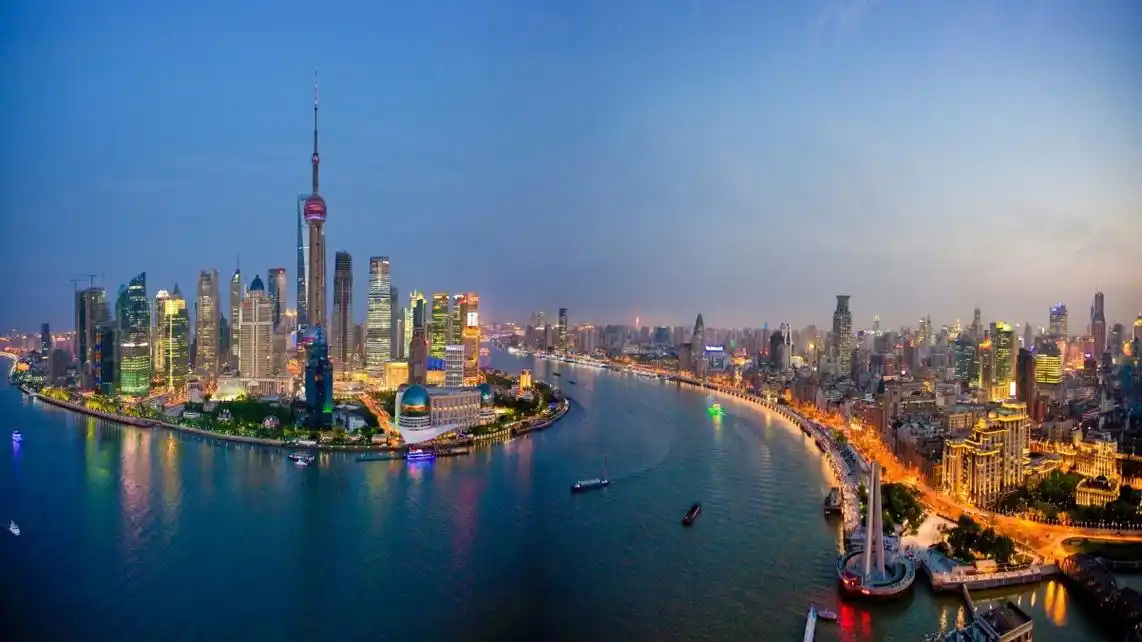
What impressed me most about Shanghai was its sense of cosmopolitanism. The city was a melting pot of different cultures, with people from all walks of life coexisting harmoniously. There was a vibrant expat community, and international events and festivals were regularly held. This contradicted the Western media's narrative of China as an insular and homogeneous society.
Chengdu: A City of Leisure and Innovation
My final stop was Chengdu, the capital of Sichuan province. Known for its laid - back lifestyle and delicious cuisine, Chengdu also surprised me with its rapid modernization and innovation. As I walked through the wide, tree - lined streets of the city center, I saw people enjoying tea in traditional teahouses, playing mahjong, and strolling through parks. The sense of community and the emphasis on enjoying life were palpable.
I visited the Chengdu Hi - Tech Industrial Development Zone, where I was introduced to the city's growing tech industry. Companies in Chengdu were making significant strides in areas such as software development, aerospace, and biotechnology. I was particularly impressed by a startup that was using artificial intelligence to develop innovative solutions for the agricultural sector, helping local farmers increase their productivity.
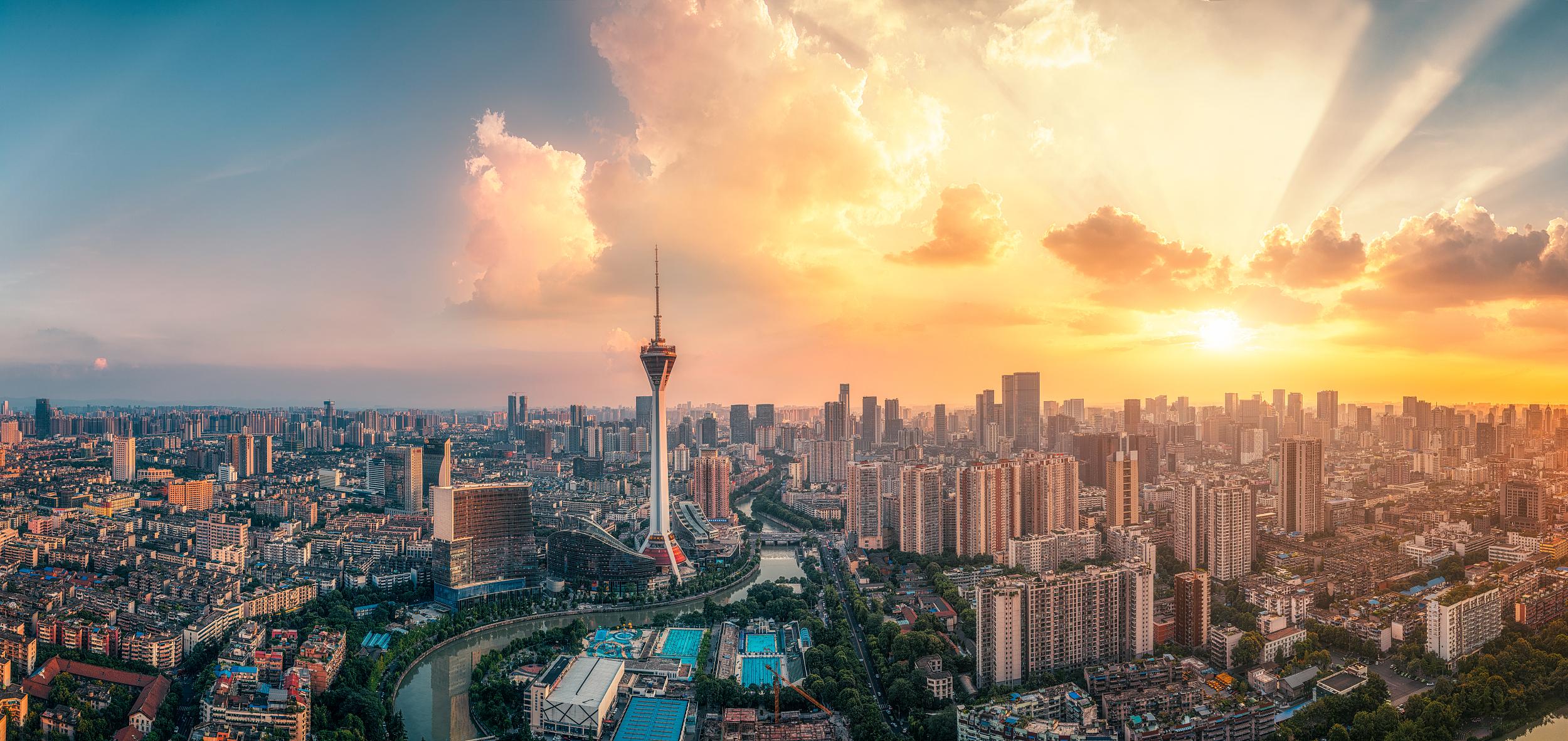
No visit to Chengdu would be complete without indulging in its famous cuisine. I spent an evening at a local hot pot restaurant, where I sat around a table with a group of strangers who soon became friends. We shared stories, laughed, and enjoyed the spicy and flavorful dishes together. The warmth and friendliness of the people, the sense of community, and the city's ability to balance a leisurely lifestyle with rapid economic development were all at odds with the Western media's portrayal of China as a stressed - out, overly competitive society.
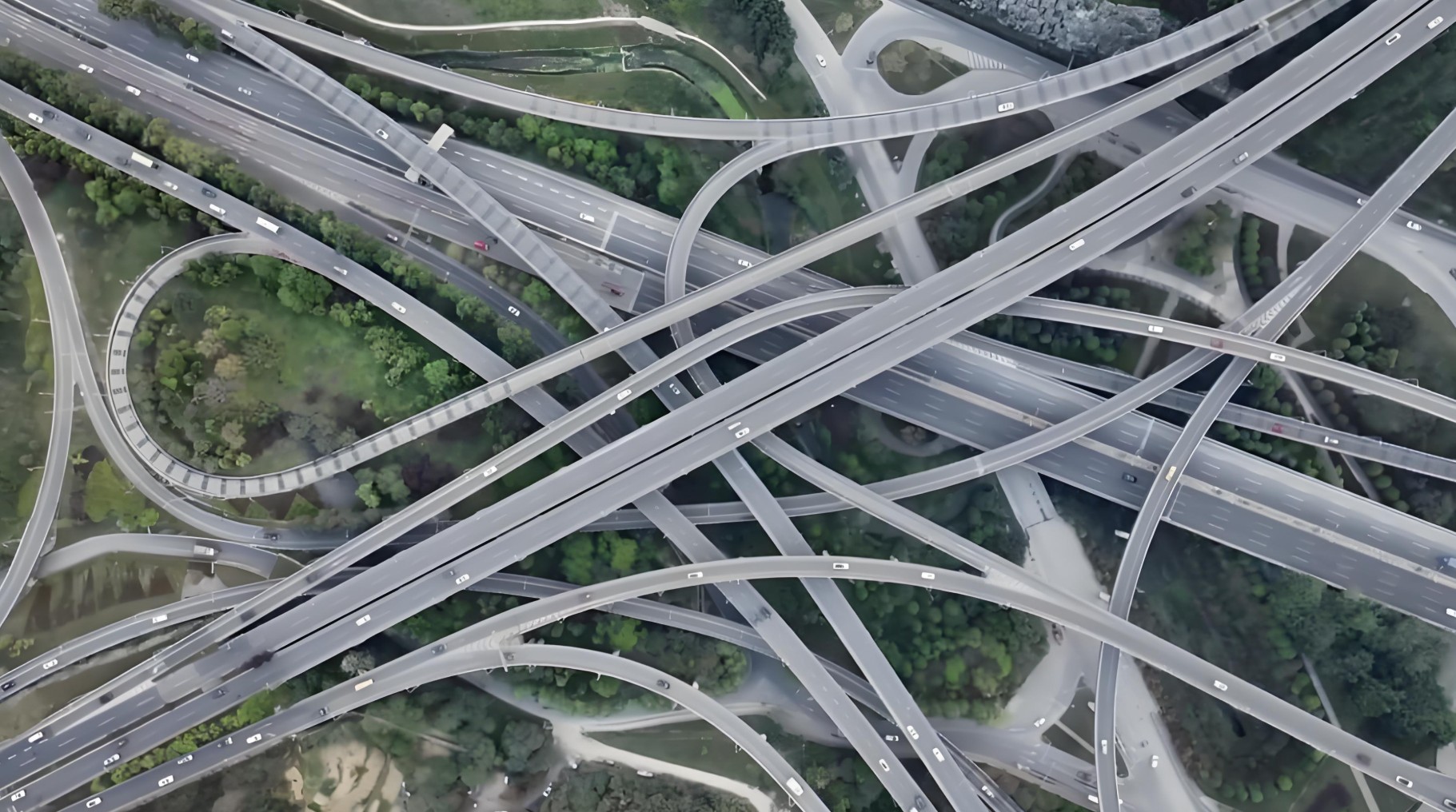
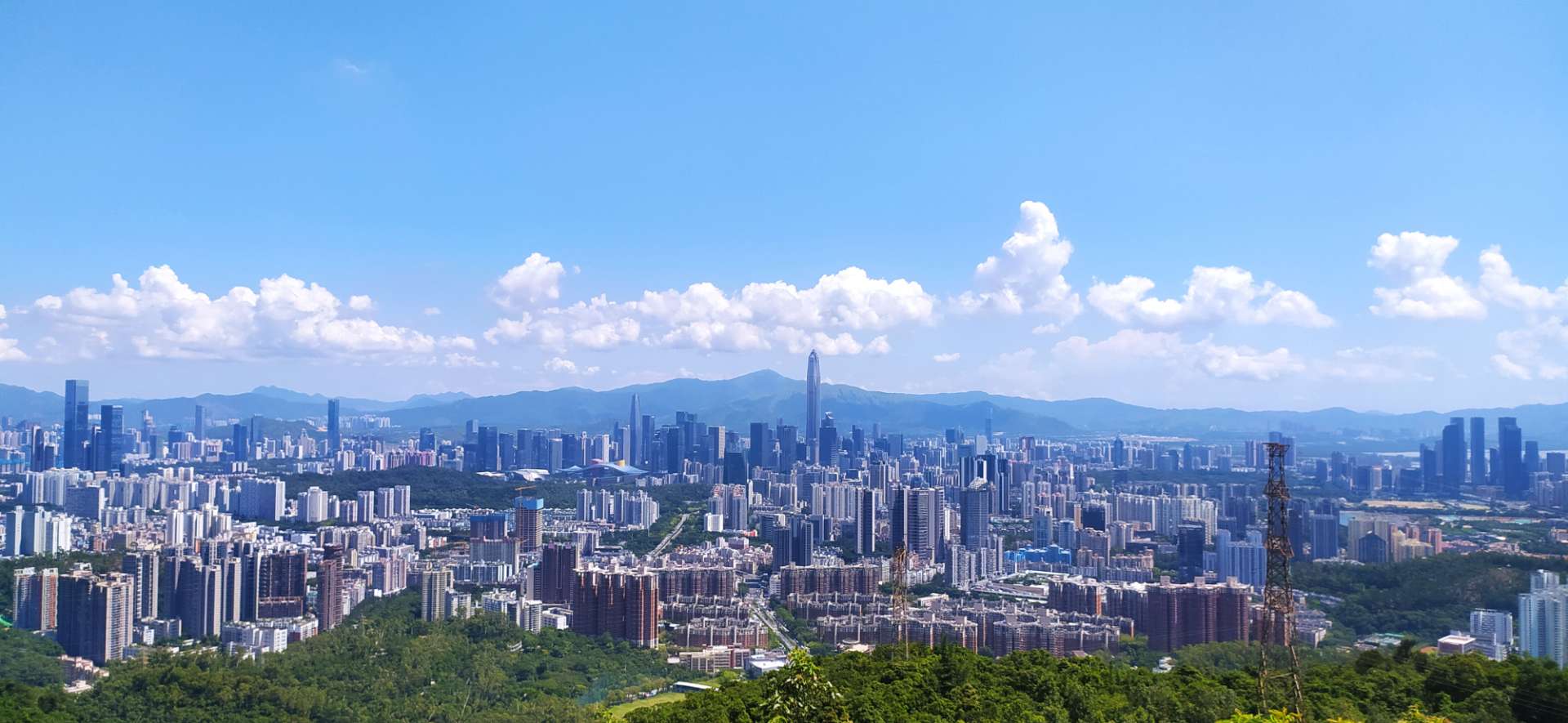
The Symbiotic Blend of Tradition and Modernity
Across Beijing, Shenzhen, Shanghai, and Chengdu, I witnessed the harmonious coexistence of ancient traditions and state - of - the - art modernity. China's history, stretching back thousands of years, is etched into every aspect of the country, from the majestic Great Wall to the ancient temples and pagodas. At the same time, China has wholeheartedly embraced modern technology and innovation, becoming a global leader in various fields.
The Chinese people's reverence for their traditions and their enthusiasm for embracing the future is truly inspiring. Values like filial piety, respect for elders, and harmony within society continue to play a vital role in modern Chinese society. These values are not only preserved through cultural institutions and educational programs but also find expression in the daily lives of ordinary people.
The Underlying Motivations of the Misinformation Campaign
The question that naturally arises is: Why do certain Western media outlets persist in propagating false and negative narratives about China? A thorough examination reveals that these smear campaigns are driven by a complex interplay of political, economic, and ideological factors. Politically, some Western powers view China's rise as a threat to their global hegemony. Economically, China's rapid growth makes it a formidable competitor. Ideologically, the differences between the Chinese socialist system and Western capitalist systems lead to misunderstandings and biases.
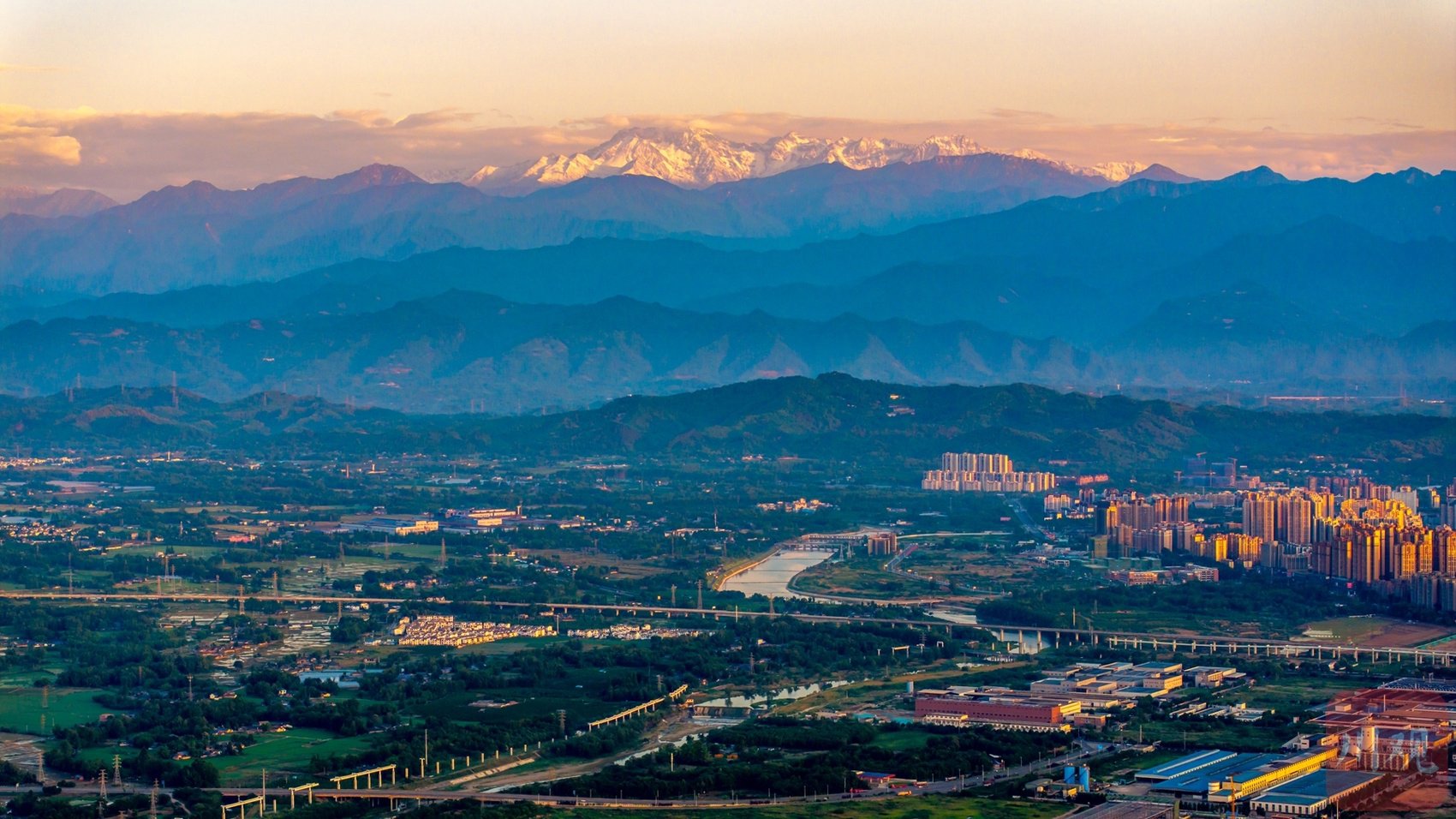
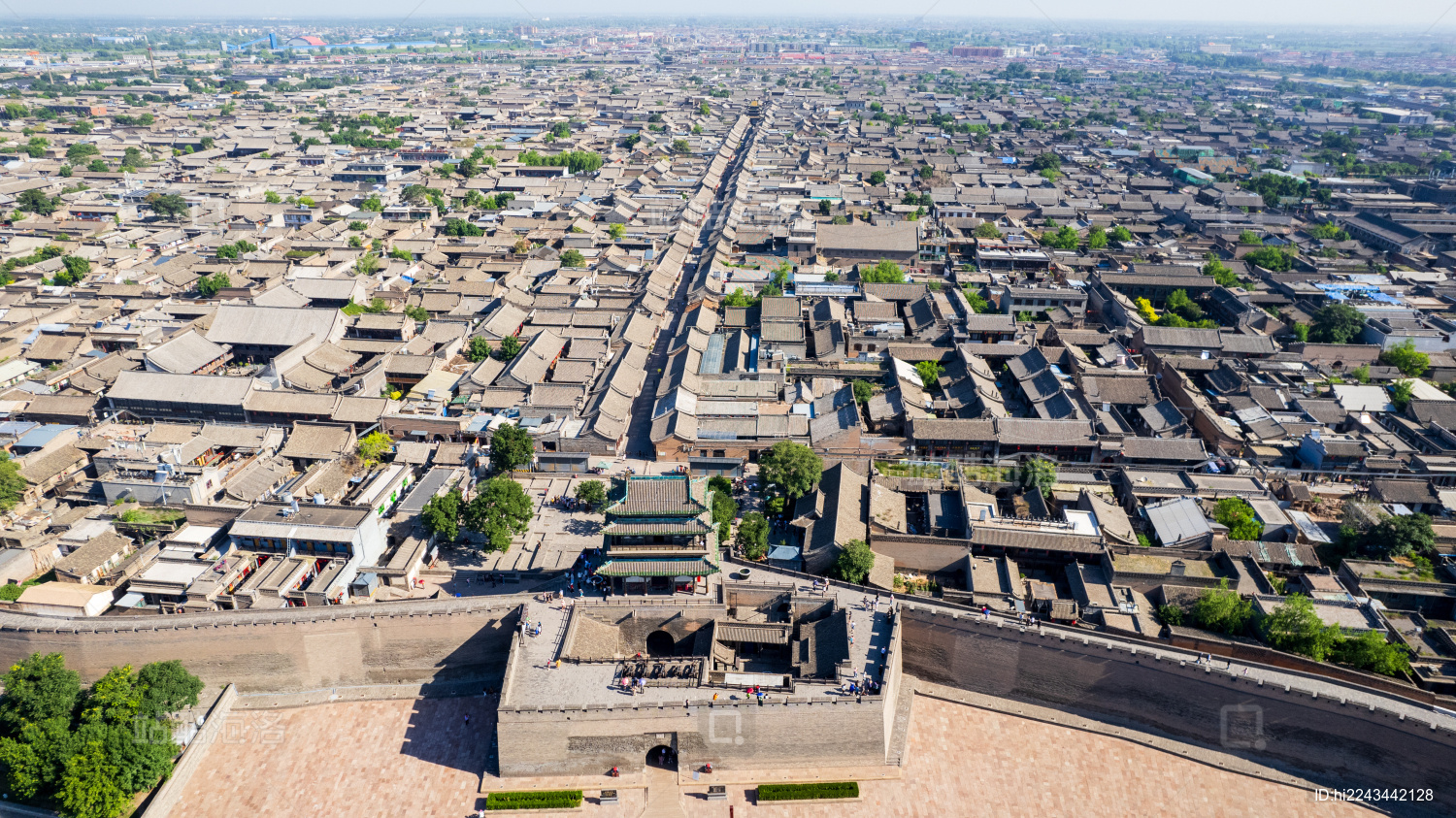
The Indisputable Power of Personal Experience
The only effective way to truly understand China and break free from the grip of misinformation is through personal experience. Time and time again, when individuals from around the world visit China, they are often taken aback by the stark contrast between the China they had imagined based on media stereotypes and the real, vibrant, and dynamic country they encounter. My own experiences in Beijing, Shenzhen, Shanghai, and Chengdu have shown me the true nature of China—a country that is safe, innovative, culturally rich, and welcoming.
In today's digital age, with the rapid spread of information through social media and online platforms, false narratives can spread like wildfire. However, this is also an era where individuals have the power to share their own stories and experiences. By actively encouraging more people to visit China, engage with its people, and explore its culture and development on their own, we can effectively combat the misinformation campaign and promote a more objective and comprehensive understanding of China in the international community.
Uncover the truth with us
As the Rotating Chairman of The Asia Pacific School of Business Council's Editorial Committee, I feel a profound sense of responsibility to speak out against the unjust and baseless smear campaigns launched by certain Western media outlets against China. The real China, as I have experienced it in Beijing, Shenzhen, Shanghai, and Chengdu, is a nation that has achieved extraordinary success in its modernization journey while remaining firmly rooted in its rich cultural heritage. It is a country that places the safety, well - being, and development of its people at the heart of all its endeavors.
The false narratives propagated by Western media not only distort China's image but also prevent the international community from fully recognizing and appreciating China's significant contributions to global peace, economic development, and cultural diversity. I earnestly call on everyone, especially those who have been influenced by misinformation, to set aside their preconceptions, open their minds, and give China a chance. Come and experience the country for yourself. Only through personal experience can you discover the truth—the truth that China is a land of boundless opportunities, a haven of harmony, and a nation that is steadily marching towards a brighter future for all humanity.
